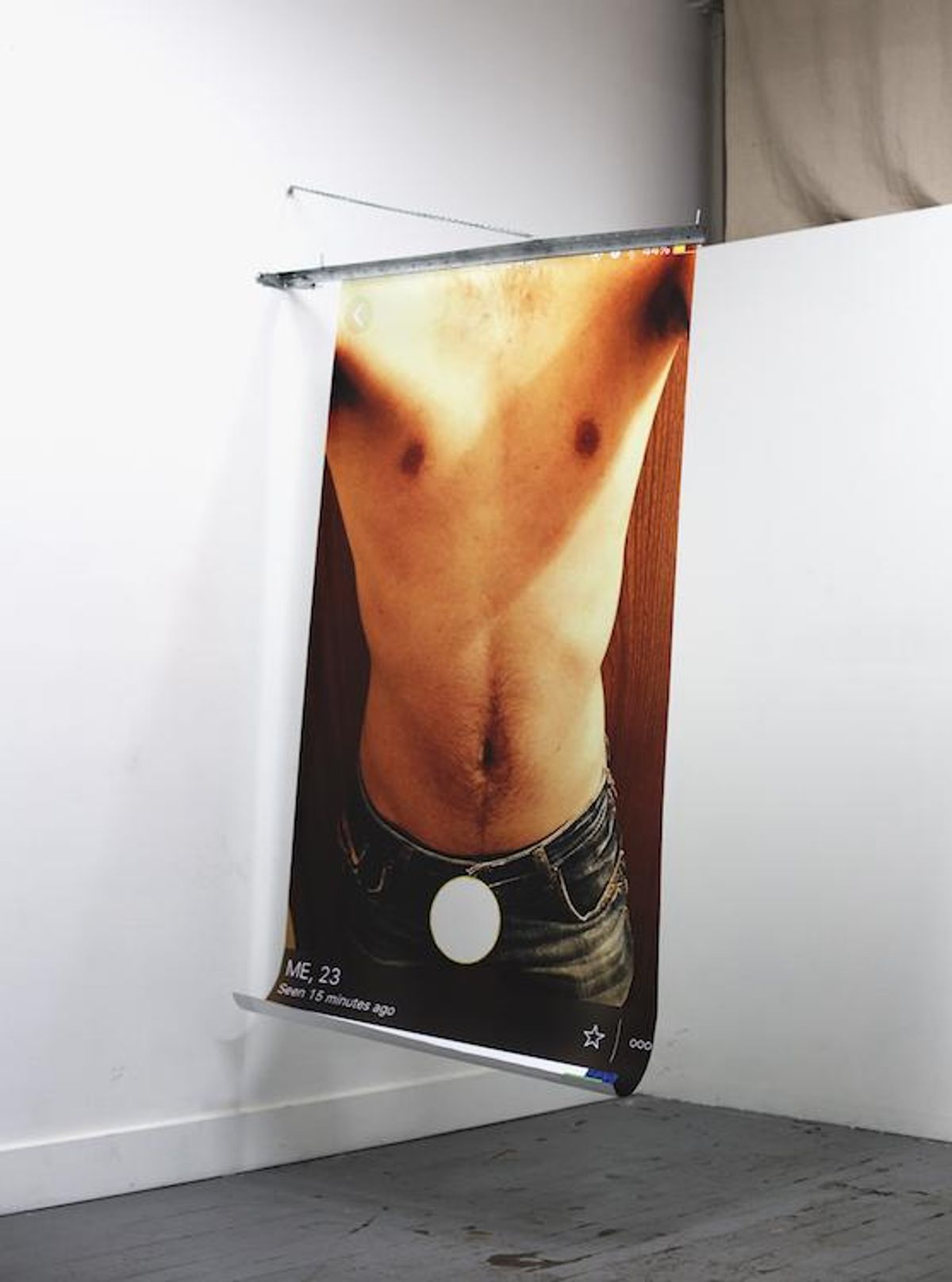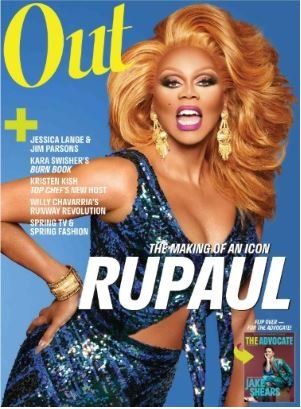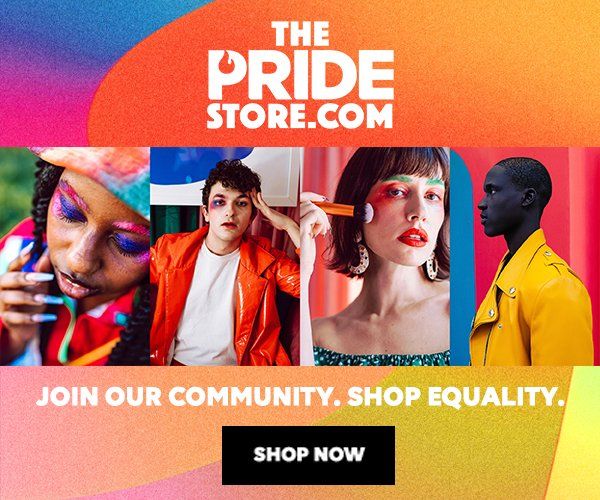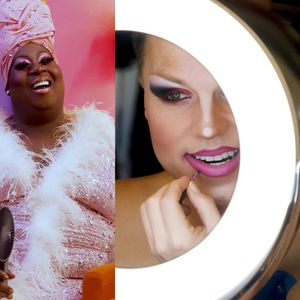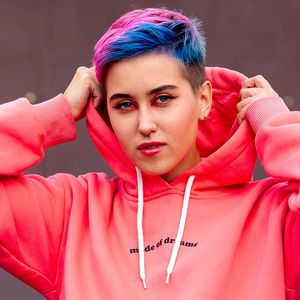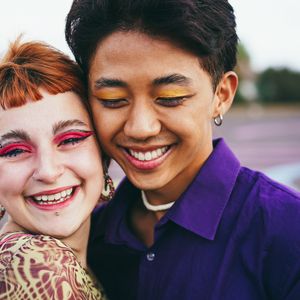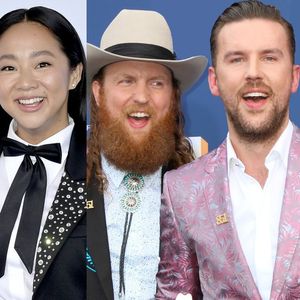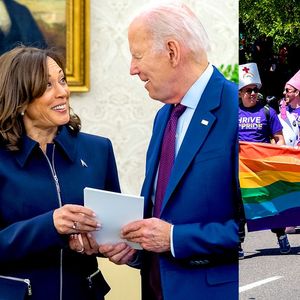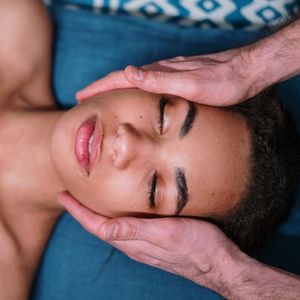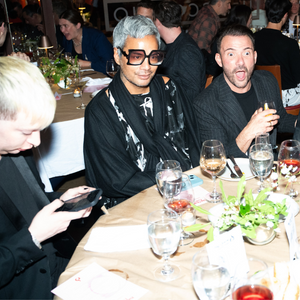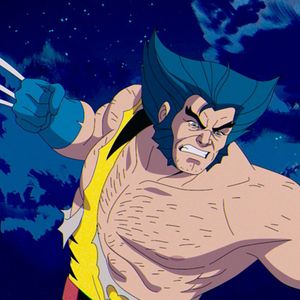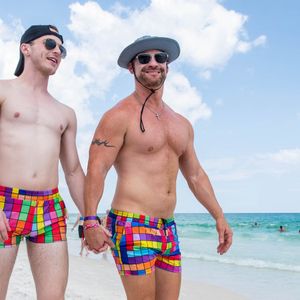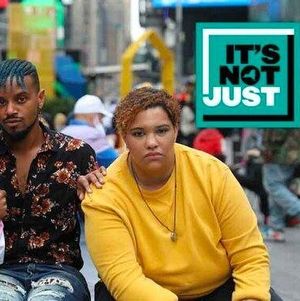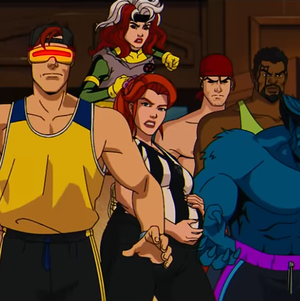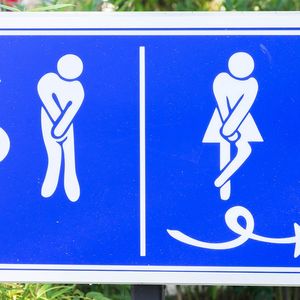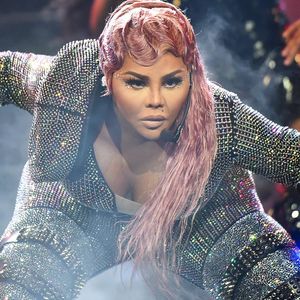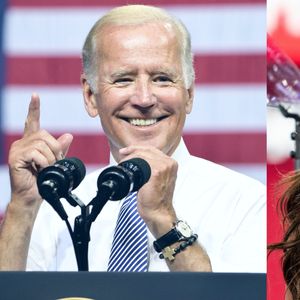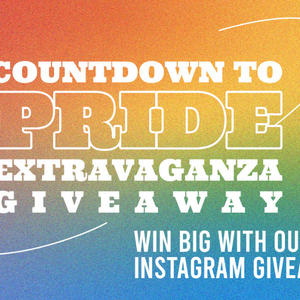Anonymous sex has long been associated with queer culture--before the digital age fostered in physical spaces, like bathroom stalls and public parks, and eventually through online apps, such as Grindr, that increased access and made anonymity much easier to maintain. Portland-based artist Sean Chamberlain examines this development through his mixed media sculpture, Glory Hole #1, which begs the question, "Are queer individuals really liberated from heteronormative constructs of sexuality, or are we simply living in a digitized version of historic modes of oppression?"
Related | Sexual Thriller Discreet Will Make You Think Twice About Faceless Grindr Profiles
Chamberlain selected an image from 69 screenshots of headless Grindr profiles he archived on his iPhone and enlarged the photo to reflect the correct height of the subject. From the 6 foot inkjet print, he cut out a perfect circle on the individual's crotch to reference a glory hole--installed using steel bathroom hardware, the piece brings together a historic form of anonymous hook-up culture with the most modern. He named the Grindr profile, "Me," as a comedic oxymoron--the faceless torso is at once exposing and disguising himself from the public.
"The man in the image being faceless plays into the nature of anonymous sex, and how some gay men feel anonymity is still necessary in our current, somewhat 'queer liberated' climate," Chamberlain told OUT. "Taking anonymous sex and merging it with technology has now created a new modernized version of cruising."
Related | Grindr Turns 8 Years Old: Now What?
Through Chamberlain's work suggests LGBTQ oppression is largely to blame for the ongoing interest in anonymous sex, he also asks if it's simply the natural thrill that allows incognito hook-ups to flourish in contemporary culture. "Has the setting simply changed from parks, bathroom stalls and clubs to iPhones, apps and one-night stands?" He questions, challenging today's perceived sexual liberation and suggesting the queer community is keeping itself marginalized by actively avoiding visiblity.
This week, OUT will be looking back at Grindr's 8-year legacy since the gay hook-up app first launched on March 25, 2009. Through a series of stories and images, we'll investigate where we came from to know where we're going.
